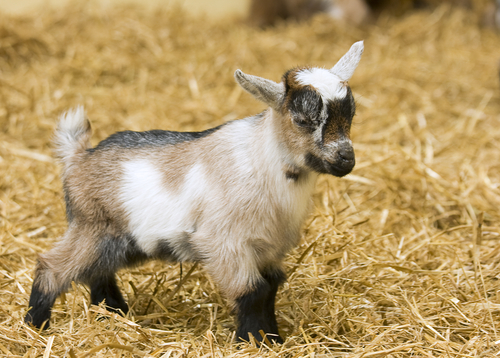In this activity, we’re going to be looking at fronted adverbials.
Fronted adverbials are words, or groups of words, at the beginning of a sentence telling us where, how, when or how often something happens.
Read the sentence below:
In the garden, Rex dug up his bone.
In the garden tells us where Rex dug up his bone.
.jpg)
This is a fronted adverbial of place.
We always put a comma after a fronted adverbial.
Fronted Adverbials of Place
Fronted adverbials of place tell us where something happens.
Here are some examples:
In the distance,
Below the bridge,
Above the barn,
Between the trees,
Behind the tent,
Can you make up a sentence using one of these fronted adverbials?
How about these?
In the distance, a mysterious beast was chasing its prey.
Above the barn, the escaped goat sat on the roof.

Fronted Adverbials of Manner
Fronted adverbials of manner tell us how something happens.
Here are some examples:
Happily,
As quick as a flash,
Unexpectedly,
Cautiously,
Like an athlete,
Hungrily,

Many of these fronted adverbials are one-word adverbs ending in -ly.
Can you make up a sentence using one of these fronted adverbials?
How about these?
Hungrily, a mysterious beast was chasing its prey.
As quick as a flash, the mysterious rock disappeared.
Look at the sentence below:
The captured elephant escaped from its enclosure.

Can you add a fronted adverbial of manner or place to this sentence to make it sound more exciting?
We could have:
At the zoo, the captured elephant escaped from its enclosure.
This uses a fronted adverbial of place.
Or
Angrily, the captured elephant escaped from its enclosure.
This uses a fronted adverbial of manner.
In this activity, you’ll be on the hunt for fronted adverbials of manner and place.








